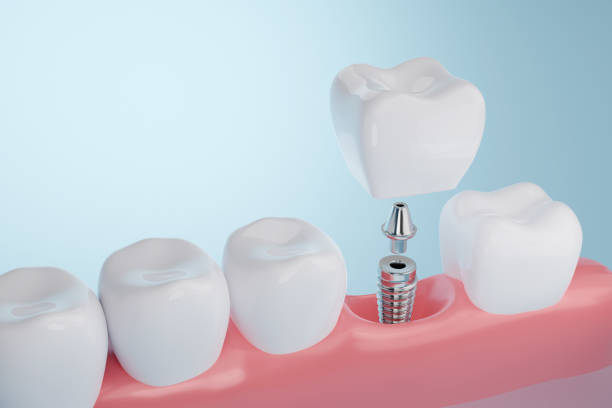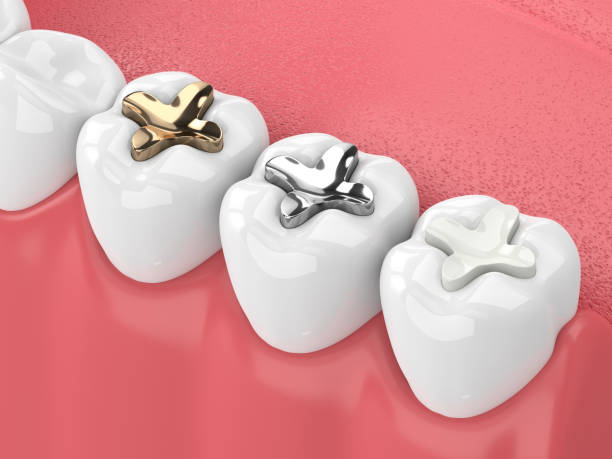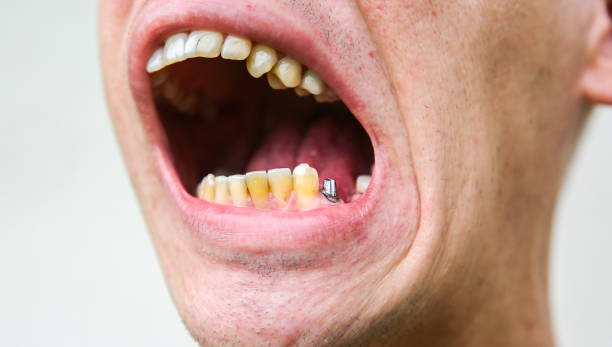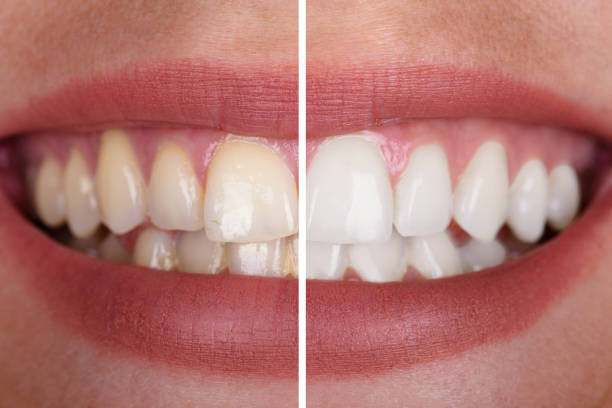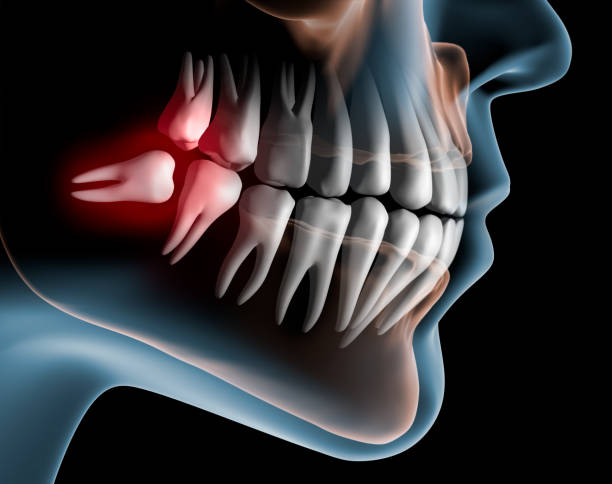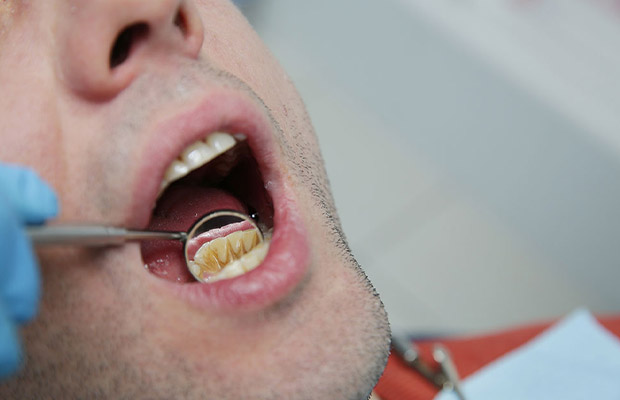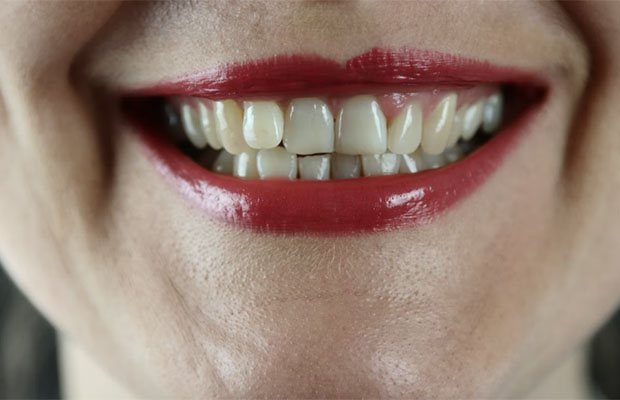Deep dental cleaning, also known as scaling and root planing, can improve gum health and reduce gum inflammation by removing plaque and tartar that have accumulated on your teeth. Dental hygiene is becoming a major concern in our daily lives. Today we are going to discuss some important knowledge about deep dental cleaning.
Table of Contents
What is Deep Dental Cleaning?
Deep dental cleaning, also known as gum therapy, often referred to by dental professionals as gum scaling and root planning, is a dental treatment intended to clean between the teeth and gums all the way to the roots. A dentist or dental hygienist will clean the front, back, and sides of each tooth above the gum line during routine dental cleaning. The same process is performed during a deep tooth cleaning, but the dentist also continues down to the roots, below the gum line, to remove tartar and other buildup and gums from the “pockets” formed between the roots.
When you have gum disease, the pockets or spaces between the teeth and gums open up wider and deeper, allowing tartar and plaque to form. 3 millimeter or smaller pocket or space exists between healthy teeth and gums, but if you have gingivitis or other gum issues, the pocket will become wider.
If your gums have receded 5 millimeters or more from your teeth and their roots, your dentist may advise deep teeth cleaning. Most deep teeth cleanings require two or more dental appointments. Gum or period scaling will be done during the first session, and root planning will be done during the second. Both of these procedures often include numbing the mouth using a local anesthetic.
It might be necessary to return a few weeks later to check on the outcomes and make sure everything is healing properly.
Is Deep Dental Cleaning Necessary?
Following a thorough examination of your teeth, gums, and mouth, your dentist will frequently advise a deep dental cleaning to assist determine the general health of your mouth.
Deep cleaning is frequently recommended as the next step in lieu of actual periodontal surgery if your gums are infected or your gingivitis has progressed to the point where they are pulling away from the teeth and creating pockets or spaces that expose the bone that are 5 millimeters deep or more.
Remember that if you don’t treat your gingivitis or other gum issues, they could turn into periodontitis, which causes the pockets between your teeth and gums to get so deep that the bacteria starts to harm the bone and support structures of your teeth.
Your teeth may potentially become too loose that they must be extracted if the condition is not managed.
Deep dental cleaning can help shrink your pockets and stop the progression of gingivitis gum disease.
Advantages of Deep Dental Cleaning
If your dentist recommends a deep cleaning of teeth, the benefits of this procedure include:
- halting the spread of gum disease
- treating an existing infection and fostering recovery
- brushing your teeth from the gum line down
- removing gum disease-related foul breath
- preserving your teeth roots
Disadvantages of Deep Dental Cleaning
While deep cleaning can treat gum disease, the process also has its risks. Disadvantages of deep cleaning teeth include:
- can cause nerve damage
- no guarantee of reattachment of the gums to the teeth
- may cause gum recession
- you may get an infection if your immune system is compromised
- pain and sensitivity are inevitable.
Deep Dental Cleaning Process
Deep tooth cleaning or deep tooth cleaning procedure includes two parts – the first is gum or periodontal scaling, and the second is root surface leveling. Both aspects of the deep tooth cleaning process can be performed using electric or ultrasonic instruments or manual dental cleaning tools, or a combination of both.
Deep tooth cleaning usually includes two separate visits – the first is tooth washing and the second is root leveling. The descaling part of this process removes all plaque and tartar below the gum line. The next step is root leveling, which involves using tools to clean and smooth the root and help the gums reattach to the teeth, minimizing the size of pockets or spaces that may capture unhealthy deposits.
Root planing, or the second part of the deep tooth cleaning procedure, requires dental hygienists to use dental cleaning tools to clean plaque, tartar, and other accumulations on the roots. This helps smooth the root and make it reconnect with the gums, thereby reducing the amount of space between the teeth and gums.
Deep tooth cleaning is designed to treat gum diseases such as gingivitis and prevent their deterioration, requiring surgery or other broader procedures.
How to Care for Your Teeth After Deep Dental Cleaning
After deep tooth cleaning, you need to be extra gentle and careful with your teeth and gums, keep them as clean as possible, and take any medicine prescribed by the dentist.
You should know that if deep tooth cleaning or gum scaling and root leveling cannot reverse the process of gingivitis and you have periodontitis, you may need more extensive treatment or surgery.
That is, you can help continue the healing process and minimize the need for future deep tooth cleaning and other procedures by maintaining good dental hygiene (such as brushing and flossing every day and cleaning your teeth regularly every six months).
Of course, if you have any questions, please be sure to consult your dentist and make sure to make any follow-up appointments, and schedule regular cleaning in the future.
How Often Should We Take Deep Dental Cleaning?
Gum disease is treated with a deep dental cleaning, usually after an advanced stage. If you practice appropriate dental hygiene after having your teeth deep cleaned, you should, in theory, just require one deep cleaning. To stop gum disease from relapsing, regular non-deep dental cleaning appointments are also necessary.
Cost of Deep Dental Cleaning
The cost of deep cleaning depends on the severity of gum disease or inflammation.
You may need to visit twice, but some people may need up to four visits to completely remove tartar and plaque. In these cleaning processes, your mouth is considered in the quadrant. Depending on where you live or how much treatment you need, you can pay $100 or more for each quadrant.
If you have dental insurance, most plans cover deep cleaning.

